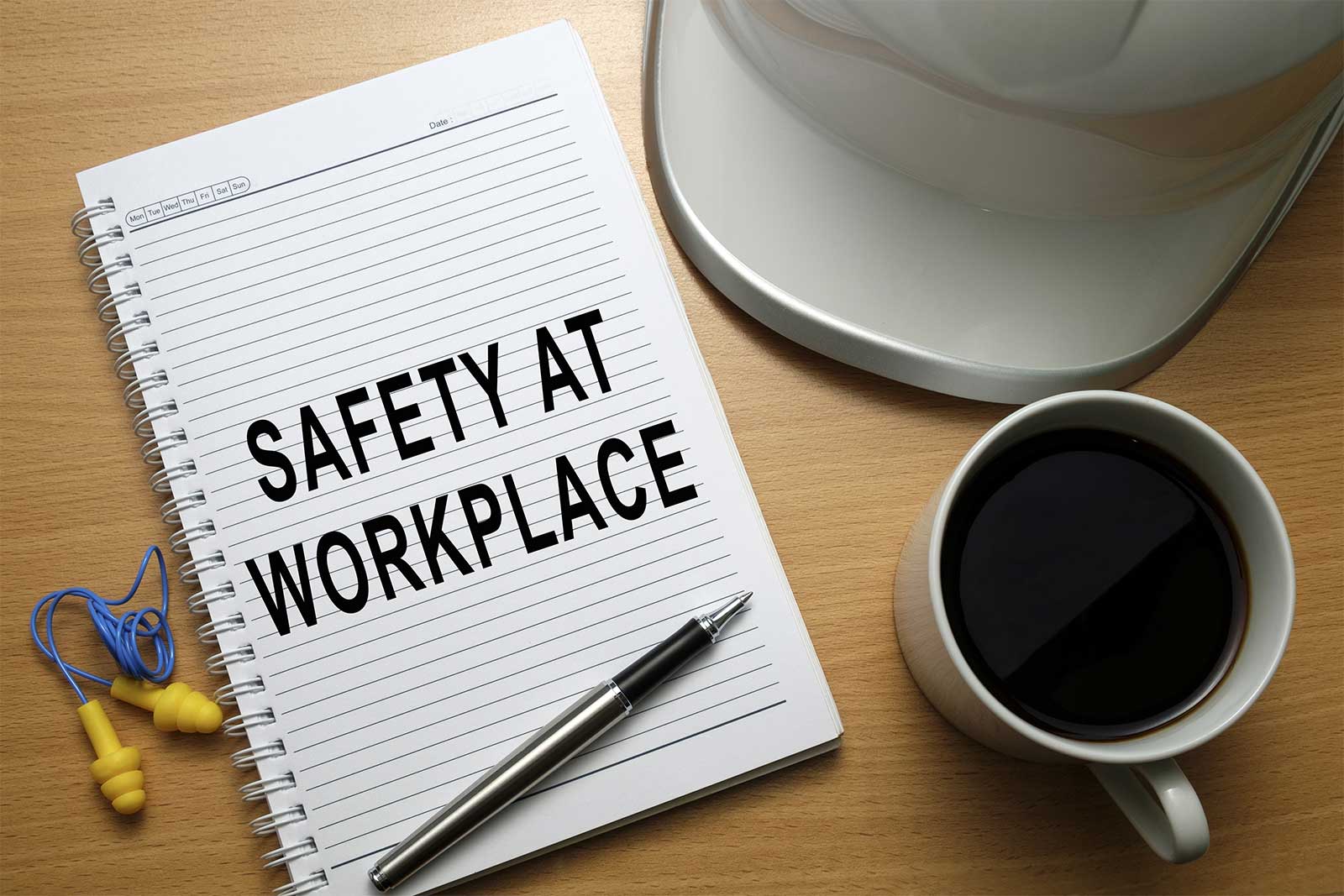Maintaining a Successful Workplace Safety Program
Tip #1: Listen to employee concerns/issues and respond to them
Since they’re the ones in the workforce, employees are in the best position to offer the most relevant and accurate appraisal of safety issues within the work environment. Also, when people feel heard, they automatically respond more positively towards the situation.
Tip #2: Get upper management committed to making this happen
Unless lower-level employees see their managers – including upper management – taking safety seriously, the program will not be successful. Convey the importance of safety by demonstrating higher-up appreciation for the program and practices, and have that trickle down.
Tip #3: Get employees involved
Let employees understand that safety is everyone’s responsibility, and encourage their involvement by asking for their opinions, feedback, and criticisms. Make it easy to report any safety violations or issues, and respond to these claims quickly and respectfully.
Tip #4: Establish accountability
If no one is held accountable for safety regulations and practices, it is unlikely that any of your employees will take them seriously. Establish rules and protocols, and convey disciplinary measures and penalties that will be enforced if safety protocols are not kept. Conversely, reward safety-conscious employees with benefits to encourage further participation and compliance. This applies to upper management as well, understandably.
Another way to weave safety into the fabric of your organization is to put the rules and regulations into a new employee’s job description and contract, showing them that this is a priority from the start.
Tip #5: Remember that knowledge is power
Giving your workers the right knowledge is vital for any safety program’s success. Training is cited as a major asset in increasing workplace safety. In fact, training can even reduce risk of workplace illness/injury by 60%. Empower your staff with the proper safety protocol training. Educate them about recent statistics of workplace injuries, illnesses and other safety-related issues.
Training should include:
- Protective equipment training
- Recognizing hazardous areas/situations
- What to do in a hazard situations
- Equipment/machinery demonstrations and proper chemicals/hazardous materials usage
- Reporting
- OSHA rights
Tip #6: Appoint a safety committee, officer, or team
Having a designated employee or team that is responsible for safety can truly help shift the focus and create awareness of the issues. Some safety committee tasks may include daily inspections, information circulation, receiving claims, and getting creative to make activities for staff to participate in meaningful safety activities.
Tip #7: Get it in writing
It’s important to have your safety program, policies, and procedures well documented. Written policies are easier to reference, review, and refer to. Include within the documentation:
- The purpose of the program
- Who is assigned which tasks
- Clear reporting protocol/system
- Statement of accountability (for staff and management)
- How to handle emergencies
- Any penalties of failing to adhere to policies
Tip #8: Get the message out
Once you have a solid policy written up, it is imperative to get the word out to your staff that the new policy is being adopted. It’s important to send out an email or other documented communication with this announcement, so that employers can sufficiently prove safety policies were communicated globally throughout the organization in case of lawsuits in the future. Publicize these changes by:
- Having an assembly, meeting, or event to promote the new policy/program
- Having each employee sign affirmation forms that they have heard, understand, and are willing to follow the guidelines
- Having new employees who are hired after the launch read and sign the same safety forms
- Procuring new sign-offs whenever an update or change in policy is made
- Providing safety training sessions/courses
- Hanging safety bulletins in prominent workplace areas and distributing relevant materials
- Applying disciplinary measures to negligence
- Running independent inspections periodically
Tip #9: Keep it going
In order to ensure the continuity of a successful program, organizations must assess the changes made to policies, practices, and workplace environment to see if they have had any impact on the number of incidents, workers’ morale, work output, etc. Keep a clear record of all safety program efforts, including audits, claims, inspections reports, information distributed, meeting minutes, and official contracts or policies. Not only will this help make improvements and amendments easier in the future, but proper documentation can also help organizations reduce penalties from OSHA for claims/audits.
And don’t stop attending to safety issues and concerns. Not every solution implemented will be effective, and new concerns develop as situations change. Continue to review your safety program and work environment periodically for more improvements and better awareness.
Following these guidelines for creating and implementing a new safety program will essentially lead to more control and better efficiency around the workplace. Additionally, the overall benefits will be lower costs, fewer workers comp claims, and a more positive feeling around the work environment.

With over 10 years of experience in managing workers’ comp claims Tehila understands well the struggles involved. Joining Modwatch gave her the opportunity to use her passion of reducing work related injuries, getting employees back to work, and helping reduce insurance premiums to help others.


